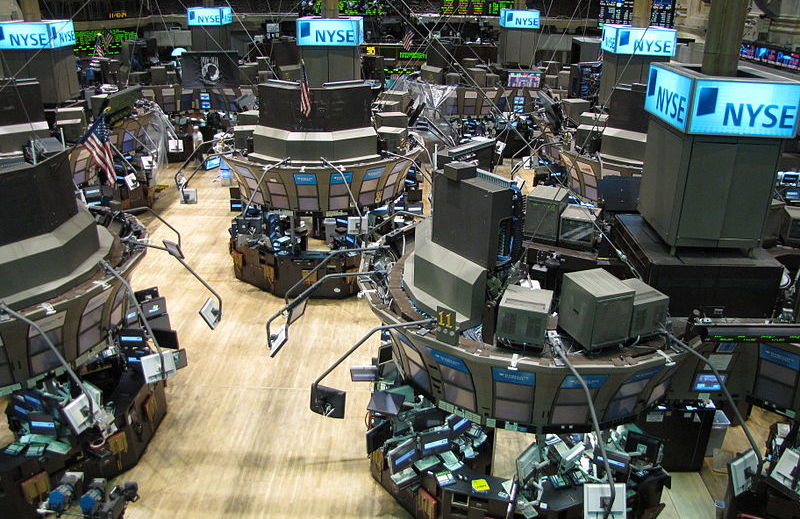
Ordinary retirement investors earn a return that pales in comparison to the stock market itself — more than 45% off the benchmark. Why is that, and can you do anything about it?
We’re talking about trillions of hard-earned dollars, money that should be growing on behalf of millions of Americans and just isn’t. The results bug Louis S. Harvey, president of market research firm Dalbar. The company’s latest report on investor behavior delivers the bad, if predictable, news.
The verdict: People shouldn’t run their own investments. They really, really shouldn’t. Over the past two decades the S&P 500 returned 9.22%. The average investor got just 5.02%, Dalbar found. That’s a huge gap, 45.6% lower.
In dollar terms, an investor who put $10,000 a year into the straight stock market ended up with $639,555. The investor who ran in and out of mutual funds on a whim got just $371,991. Nearly half of the money evaporates, thanks to the lower return.
Who’s to blame? “The industry doesn’t want to be exposed to lawsuits or to regulatory action, so they want to push the decisions, as much as they can, off on the investor,” Harvey told Mainstreet.com.
By putting the responsibility on the customer, investing becomes a “buyer beware” product. The financial services industry thus absolves itself of legal responsibility. “I see an unfair practice where the people in the know put the decisions to the people who don’t have a hope of knowing,” he said.
a reasonable return
Think about it. Hiring a financial advisor to help with your investments should result in at least a reasonable gain. After all, that’s what you pay for.
What’s reasonable? J.P. Morgan recently published a report covering these issues. Here are a few highlights. Based on average returns from 1950 through 2013:
- Growth of an all-stock portfolio: 11.1%
- Growth of an all-bond portfolio: 6.1%
- Growth of a 50/50 split portfolio: 9.0%
Even more damning, here are the 20-year annualized returns through 2012 of various asset classes, based on earlier Dalbar results and cited by J.P. Morgan in its report. Note that the average investor here underperforms housing and lags even inflation:
- REITs: 11.2%
- Gold: 8.4%
- S&P 500: 8.2%
- Foreign stocks (EAFE): 6.5%
- Bonds: 6.3%
- Homes: 2.7%
- Inflation: 2.5%
- Average Investor: 2.3%
Now, a typical small investor would look at the list above and say, “Sounds like I need to buy some real estate and forget about it.” Except that approach is exactly why the “average” investor does so poorly.
The truth is, investors should be guided into solid, reliable, well-built portfolios that rebalance and do so at the lowest possible cost. Those portfolios can and should contain real estate, gold and foreign stocks, but in relatively small amounts. Mostly, they should hold U.S. stocks and bonds, balanced against the saver’s time horizon to provide the kind of steady return you see in the 50-50 model portfolio.
The problem with the “big bet” mentality is volatility. For instance, piling into gold felt like a brilliant move in 2011 as the Federal Reserve cranked monetary policy into overdrive. Yet gold has fallen steadily after hitting its recent high that year.
I am sure gold’s proponents have all kinds of reasons why the decline makes no sense and why the metal will rebound soon. In 2011, however, they were equally sure that the only direction for gold was up, up, up.
A balanced retirement approach
Retirement investors can’t wait for narrow, volatile asset classes that get a lot of publicity. Nevertheless, driven by emotion, they load up on those investments du jour and attempt to time their entries and exits, much like active Wall Street managers.
Meanwhile, eight of 10 professional money managers can’t beat their own benchmarks, as study after study has shown. Clearly, only a tiny fraction of non-expert investors will pull it off. Performance chasing — buying the latest hot thing in hopes it will get hotter still — is a big part of the reason why.
What retirement investors need is steady appreciation and reinvested income from dividends, plus a measure of fixed income to dampen the occasional reversal. You’d think that would be easy to understand. You’d think, given their own track record, that Wall Street would be willing to sell exactly this outcome.
Nevertheless, year after year, small investors accept bad results and, worse, pay big fees for the privilege.





